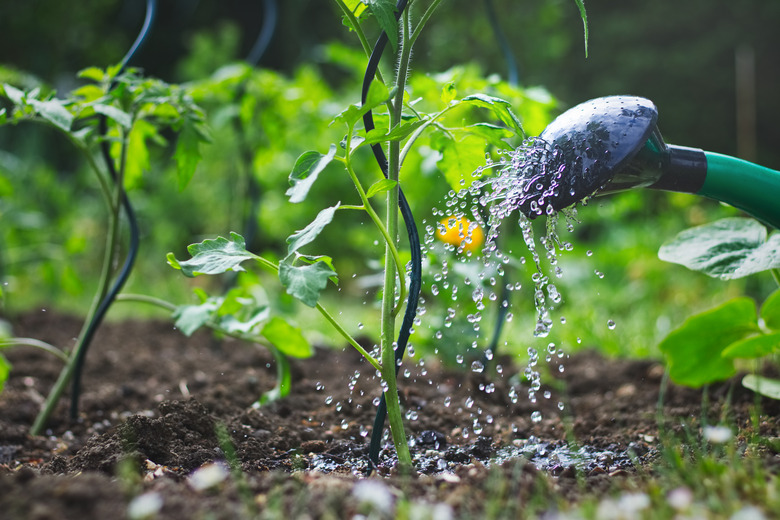How To Tell If Your Tomato Plant Is Determinate Or Indeterminate
We may receive a commission on purchases made from links.
Tomatoes come in different types with different growth habits. The fruits are grown on plants with a determinate, indeterminate and even semi-determinate manner. The manner of growth will determine if and how you will be pruning the plants. Pruning tomatoes is not necessary, but it may increase the size of fruit marginally and will make the plants easier to manage.
The difference between determinate and indeterminate ultimately boils down to the length of harvest and the time of harvest. Determinates produce fruit first, usually over a two- to three-week period, while indeterminate varieties will produce fruit for a longer period, all the way up to the first autumn frost.
Inspect the Branching Formation
Inspect the Branching Formation
Look at the branching formation on your plants. If the branches are long with sparse foliage, they are likely indeterminate. A compact, bushy plant is determinate because it forms flowers at the terminal end of the branch, which signals the stem to stop growing. You will need to stake an indeterminate plant or it will fall over when it bears fruit. Determinate plants rarely require staking but can benefit from a tomato cage for support.
Look for Suckers
Look for Suckers
Check for suckers at the base of your tomato plant and at the crotch of a leaved stem. These are stem growths that will increase density in the tomato plant's crown, but take energy away from the primary fruiting stems. They need to be pruned out with hand pruners. If they are left to grow, the plant may have mildew problems due to lack of air circulation, problems with fruit ripening because sunlight is not penetrating, and the suckers drawing energy that would be better used on the fruit.
Consider the Plant Height
Consider the Plant Height
Consider the height of the plant. Determinate varieties are usually only 2 to 3 feet tall. Indeterminate plants can grow to more than 6 feet tall with numerous long branches. The determinate plants are also referred to as compact and usually have smaller fruit than indeterminate varieties. The smaller size can make determinate varieties better for container gardens. Some of the newer varieties of tomatoes are determinate while the older ones and many heirlooms are indeterminate.
Count the Flowers
Count the Flowers
Count how many flowers are in various stages and how many are simply mature and ready to fruit. The determinate plants will flower nearly all at once and set fruit that will be the one crop on the plant and will ripen at nearly the same time. Then the plant eventually yellows and is finished. The indeterminate plant will have buds, flowers and flowers that have been pollinated all at once and the cycle will continue all season long.
Read the Plant Tag
Read the Plant Tag
Check the plant tag to learn the cultivar when buying tomato plants. Some of the common indeterminate types grown in the home garden are: Brandywine, Early Girl and Mr. Stripey. Some determinates that have proven to do well in the home vegetable garden are: Celebrity, Small Fry and Oregon Spring.
